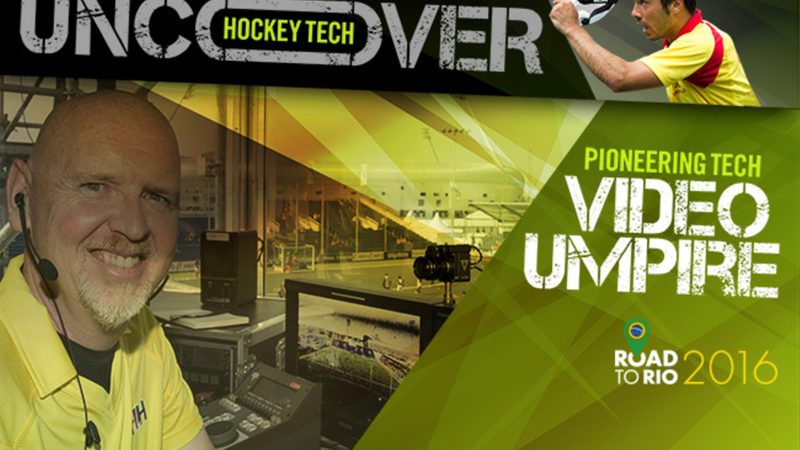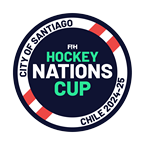
Jason McCracken and Carol Metchette are at the top of their game when it comes to match officiating. Carol was one of the video umpires at the women's Hockey World Cup in The Hague, while Jason was Tournament Director for the men's World Cup. In an era where the game is getting faster and an erroneous umpiring decision can cost a team dear, they explain why video referrals are such a good thing for our sport.
"The video referral has made a significant change to the role of the umpire," says Jason. "The main impact has been the accuracy of decision-making. Modern hockey has become incredibly fast and complex, and the timing for making accurate decisions has been shortened. The use of the video umpire has removed a considerable amount of conflict that used to exist between players and umpires. If a team is upset with a decision they now have the right to request a referral."
Video referrals were first introduced as a trial at the women's Champions Trophy in Amstelveen, Netherlands in 2006; the aim being to test the system in order to provide a way of reducing umpiring errors that may have a major impact on the result of a match. The system was quickly approved and used in the subsequent World Cups in Monchengladbach and Madrid in 2006. Now it is part and parcel of top level international hockey events, and is a system being closely monitored by other team sports.
The video referral allows two types of referral. An umpire referral is requested when an umpire is not certain they have made, or are able to make, the correct decision relating to a goal. A team referral can be requested by any member of the team on the pitch and is restricted to decisions within the 23 metres area relating to the award or non-award of goals, penalty corners and penalty strokes. Each team has one referral, if a team referral is upheld then the team keeps its right to refer, a rejected referral means the team loses that right.
Still a relatively new concept, there are areas for improvement. Carol questions the speed of referral: "A video referral starts from the moment of the incident which leads to the referral, but the VU cannot start watching replays until he or she knows what is being questioned. In an attempt to speed things up, the language used to question the decisions has been refined – previously it had to be worded very precisely – but this still remains an area of frustration as it sometimes takes a long time for the umpire to formulate the question that is asked of the video umpire."
When video referrals were first introduced there was a concern that umpires would see it as a challenge to their authority. Jason disagrees: "Umpires have quickly got over being corrected by the video umpire as we all accept that getting the decision correct is key and egos have to be set aside."
Certainly players and coaches are in favour of the use of video referrals, although there is sometimes frustration when a team loses its right to refer early in the match. Coaching players to ask for referrals in the right circumstances is now an important element of a team's preparations.
There is no doubt that hockey is benefiting through its use of technology to ensure the correct decisions are made, and while there are some issues to iron out, generally its early adoption of the technology is gathering plaudits from other sports.






















